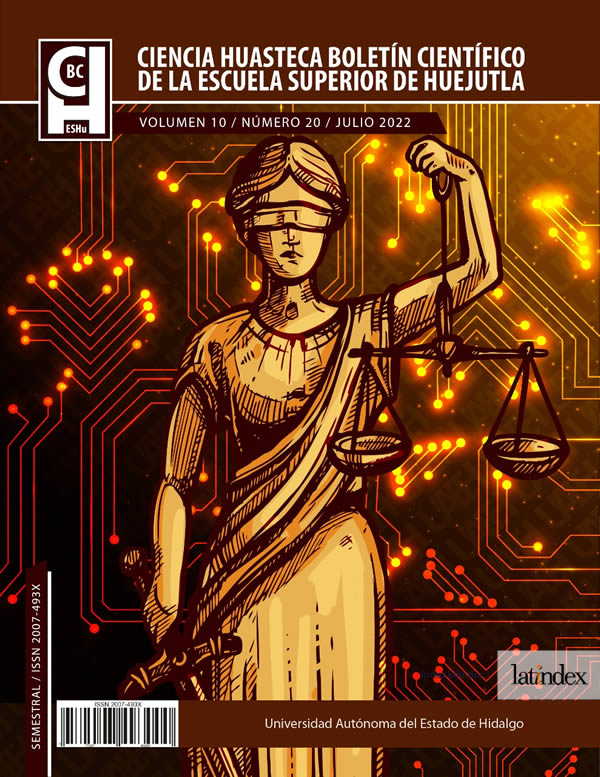Analysis of teaching performance in virtual environments in times of pandemic
Abstract
We are currently in an environment in which both students and teachers have adapted to a new modality to receive and give education, respectively, what we now know as a virtual modality, the learning object is situated as an emerging research phenomenon for the disciplines due to the prospective that is expected of the object itself in education. The importance of why it is necessary for everyone to take ownership of this situation lies in the fact that if one does not adapt, one cannot continue to communicate and therefore cannot be informed. The objective of this project is to analyze the factors that affect virtual education in these times of COVID from the point of view of performance and teacher training. The data collection was carried out with the application of surveys to both teachers and students, fulfilling the main objective of obtaining relevant information on how the current situation is operating and what are the main tools that are being used to carry out the tasks different activities in this modality. The results obtained show two different perspectives, but it is discovered that both students and teachers in virtual education generate challenges at an affective, cognitive and pedagogical level, so it is necessary to be constantly updated with the different tools in order to provide a better online learning opportunity.
Downloads
References
Salud, O. M. (2020). Brote de enfermedad por coronavirus (COVID-19). Obtenido de https://www.who.int/es/emergencies/diseases/novel-coronavirus-2019
Aguilar, A. (2021). Ejemplos de cuestionarios para profesores y alumnos. Obtenido de Questionpro: https://www.questionpro.com/blog/es/cuestionarios-para-profesores-y-alumnos/
Encuestafacil. (2021). Cuestionario de Evaluación Docente en el Entorno Virtual. Obtenido de Encuestafacil: https://www.encuestafacil.com/respweb/cuestionarios.aspx?EID=863497&FRO=Cu
Romero, R. I. M., Moreno, S. Q., & Castillo, T. Z. L. (2022). Implementación de la metodología del aula invertida en el contexto de la pandemia de COVID 19 por docentes de la UAEMéx. Diversidad Académica, 1(2), 63-85
Muñoz, D. (2020). Educación virtual en pandemia: una perspectiva desde la Venezuela actual. educare.
Balbuena, L. D. S., & Noguera, A. A. (2020). Principales ventajas de la modalidad virtual en tiempos de pandemia. Revista científica UNE, 4(1), 17-24.
Luque Ruiz, E. (2020). El modelo e-learning como nuevo sistema educativo en tiempos de COVID-19 en España. Revisión bibliográfica sobre la efectividad de la enseñanza virtual y la posibilidad de ponerla en práctica durante otro curso académico.
Acevedo-Duque, Á., J Argüello, A., G Pineda, B., & W urcios , P. (07 de Junio de 2007). Competencias del docente en educación online en tiempo de COVID-19: Universidades Públicas de Honduras. Obtenido de Redalyc: https://www.redalyc.org/journal/280/28064146014/html/#redalyc_28064146014_ref6
UNESCO. (2021). Obtenido de Apoyar al aprendizaje a distancia durante la pandemia de COVID-19: https://es.unesco.org/themes/tic-educacion
Zamora Canales, A. (2020). gaceta UAEH. Obtenido de https://www.uaeh.edu.mx/gaceta/2/numero18/agosto/b-learning.html.
Espinoza Freire, E. E. (2018). El problema de investigación. Conrado, 14(64), 22-32.
Tejeda, M. D. L. R., Polo, P. L. T., & Tinoco, V. M. (2021). Cambios en la Educación superior tras la Pandemia COVID 19. ANFEI Digital, (13).









